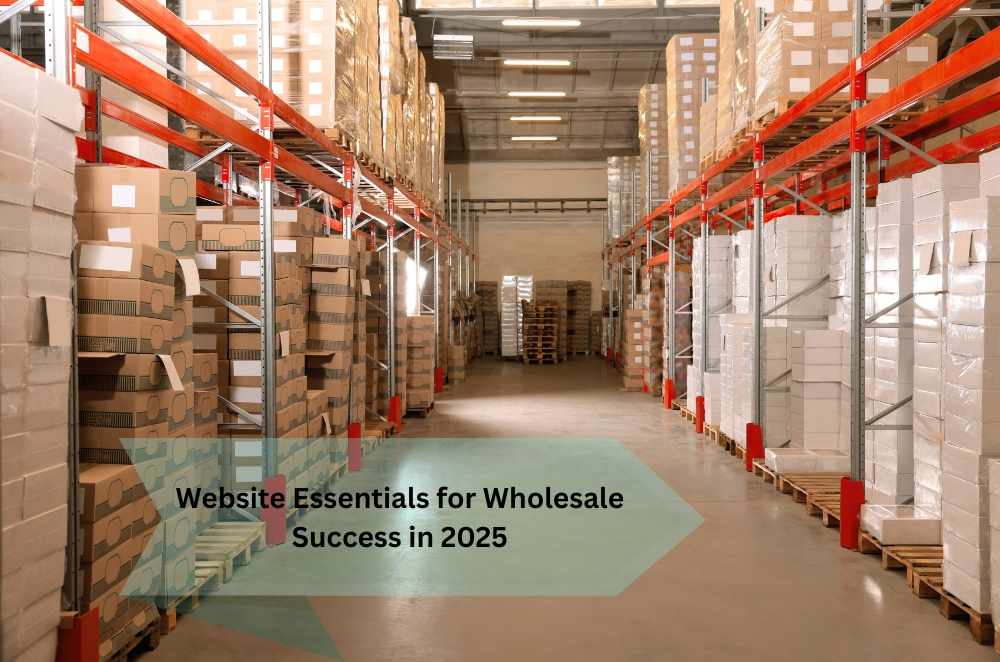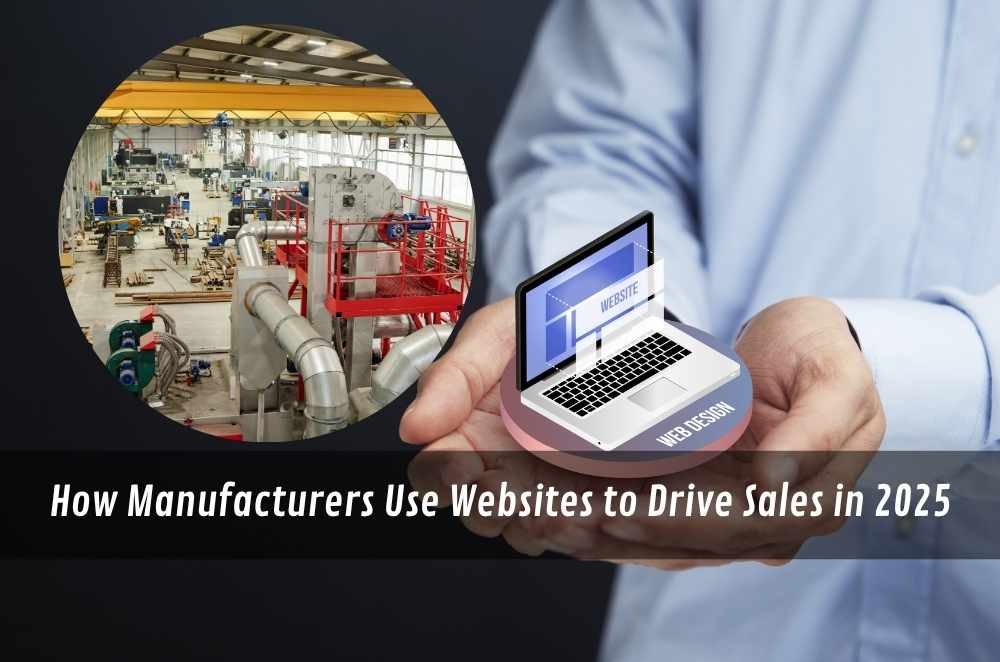
If you’re running a wholesale business in Australia, a professional website isn’t just a “nice to have” — it’s essential. Over the past few years, I’ve worked with dozens of wholesalers and distributors, and one thing is clear: buyers expect a fast, intuitive, and seamless digital experience.
More than ever, your website is the face of your business. Whether you’re selling to retailers, trade professionals, or other businesses, your site needs to do much more than display products — it must build trust, drive enquiries, and streamline the buying journey.
In this guide, I’ll walk you through the critical strategies and features that every wholesale website design should include to succeed in 2025 and beyond.
Know your audience
Before you dive into site design or marketing, it’s essential to understand your audience. Different wholesale models serve different buyer types, and each group has specific needs and expectations.
For example, I helped a Queensland-based electrical supplier refocus their website after realising their biggest opportunities were with trade professionals, not retailers. By tailoring the user experience for tradies — faster product search, clearer MOQ (minimum order quantity) terms, and streamlined mobile checkout — they saw a 55% boost in online orders.
Who your buyers are
How do they research and order
What are their main frustrations?
What features will make their lives easier
Critical features for wholesale websites
Clear value proposition
Your homepage should instantly answer three key questions:
What do you sell?
Who is it for?
Why should they buy from you?
Too many wholesale sites bury this messaging. Your value prop should be front and centre — clear, concise, and benefit-driven.
Optimised B2B navigation
Wholesale buyers aren’t casual browsers — they need fast, efficient access to products and pricing. Your site should offer:
Advanced product filtering
Bulk ordering tools
Custom pricing (based on account type or volume)
Clear MOQ display
I worked with a Sydney-based packaging wholesaler that added a “Quick Order” page — their regular customers loved it and reordered more often as a result.
Easy account management
Fast account application and approval
Saved carts and order history
Self-service invoicing
Transparent payment terms and credit options
Mobile-first design
Here’s one I see too often: wholesalers with clunky desktop-only sites. In 2025, a significant share of orders — especially from trade clients — will happen on mobile devices.
I recently helped a building supplies wholesaler redesign for mobile-first, and they saw a 38% uplift in mobile-driven revenue within three months.
Legal and compliance transparency
Your site should communicate:
Returns and refunds
GST handling
Shipping policies
Credit terms
Equally important is staying aligned with e-commerce regulations in Australia, especially as these evolve. Many wholesalers I work with now dedicate a section of their site to compliance, both to inform buyers and protect their business.
Content marketing that builds trust
Beyond products, what expertise can you share? In my experience, content is a highly effective way for wholesalers to build brand authority and trust.
How-to articles or usage guides
Industry trend reports
Case studies
Product comparison tools
Video demonstrations
One of my clients in the construction materials space launched a series of buyer guides — this not only improved SEO rankings but led to a measurable increase in quote requests.
If you’re ready to take this further, exploring conversion-focused website strategies is a great next step.
SEO strategies for wholesale e-commerce
While SEO is often associated with B2C retail, it’s equally important for wholesale businesses, especially for capturing new B2B clients.
Key strategies include:
Optimising product and category pages
Targeting industry-specific search terms
Building content that earns backlinks
Structuring URLs and metadata for clarity and relevance
For instance, I worked with a kitchenware wholesaler that doubled its organic traffic by building landing pages optimised for high-intent “bulk [product] supplier” searches.
Paid marketing: when and how to use it
For wholesalers in growth mode, paid marketing can deliver excellent ROI, especially when layered with organic strategies.
Google Ads
Industry buyers looking for bulk suppliers
Niche product categories
New market segments
LinkedIn Ads
Highly effective for reaching procurement managers, corporate buyers, and B2B decision-makers.
Retargeting
One of my favourite quick wins: retarget past website visitors who didn’t convert through display ads or social retargeting.
A client of mine in the pet supplies wholesale space generated $90K in repeat orders in one quarter through smart remarketing alone.
The power of integrations
Wholesale ecommerce needs efficiency — manual processes kill margins. That’s why smart site integrations matter:
CRM platforms
Accounting and invoicing software
Inventory and ERP systems
Shipping and logistics tools
One of my clients automated their order flow across ecommerce, inventory, and shipping, cutting order processing time by 70%.
Trends shaping wholesale UX in 2025
The B2B ecommerce experience is evolving fast. Trends I’m seeing include:
Personalised pricing and product recommendations
Real-time stock visibility
AI-driven search
Interactive product configurators
Live chat support for B2B buyers
To stay competitive, it pays to keep an eye on b2b ecommerce trends — it’s one of the best ways to future-proof your digital strategy.
Final checklist: Does your wholesale site deliver?
✅ Clear value prop on homepage
✅ B2B-friendly navigation and UX
✅ Easy account setup and management
✅ Full mobile optimisation
✅ Transparent compliance and policies
✅ Strong content marketing
✅ Solid SEO foundations
✅ Targeted paid marketing
✅ Smart system integrations
✅ Awareness of emerging UX trends
If you’re missing more than a couple of these, there’s strong potential to improve your site’s performance — and your bottom line.
Final thoughts
In 2025, your wholesale website is no longer just a digital catalogue — it’s a powerful revenue driver and relationship builder.
The wholesalers I see thriving online today are the ones who:
Deeply understand their audience
Prioritise UX and efficiency
Communicate clearly and build trust
Stay agile with content and marketing
Continuously evolve with tech and buyer expectations
If you haven’t reviewed your wholesale website design recently, now is the time. A well-optimised site will not only help you win new business — it’ll deepen loyalty with your existing buyers.










Write a comment ...